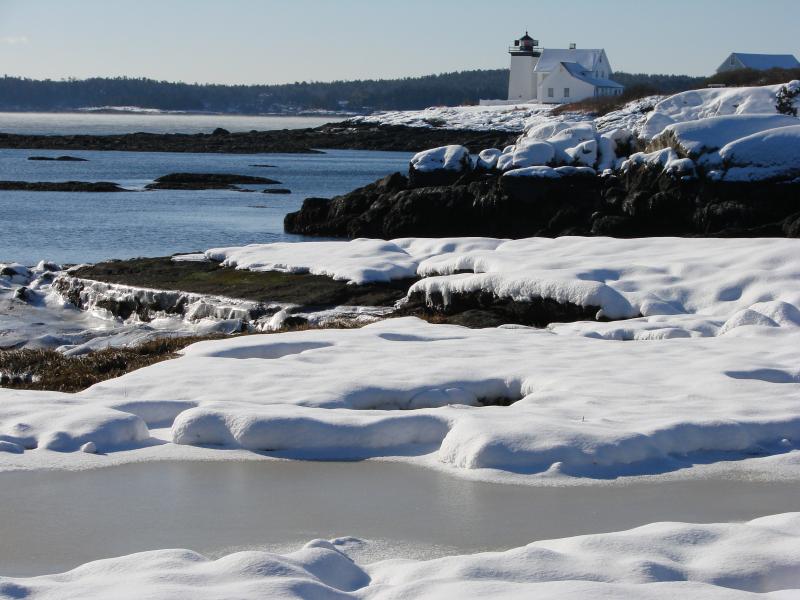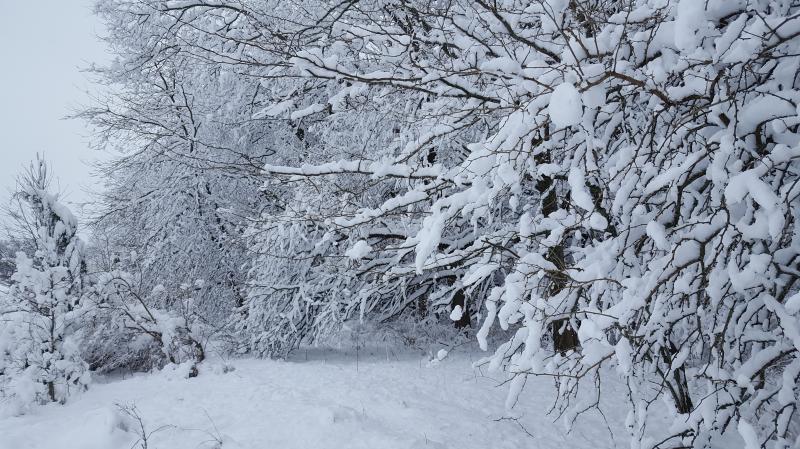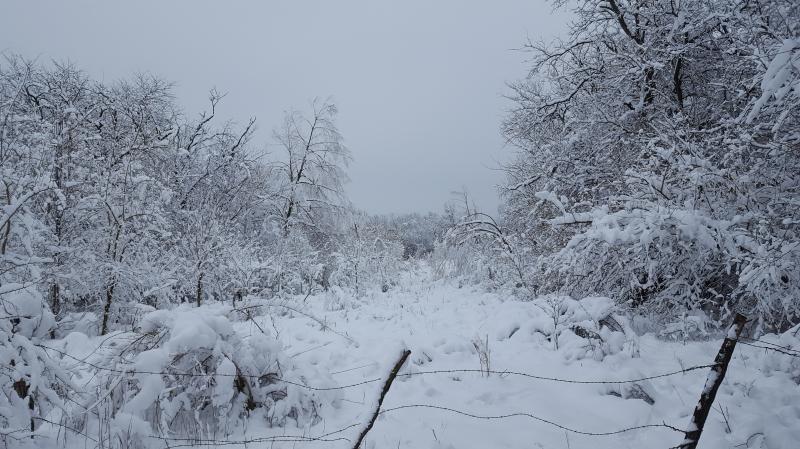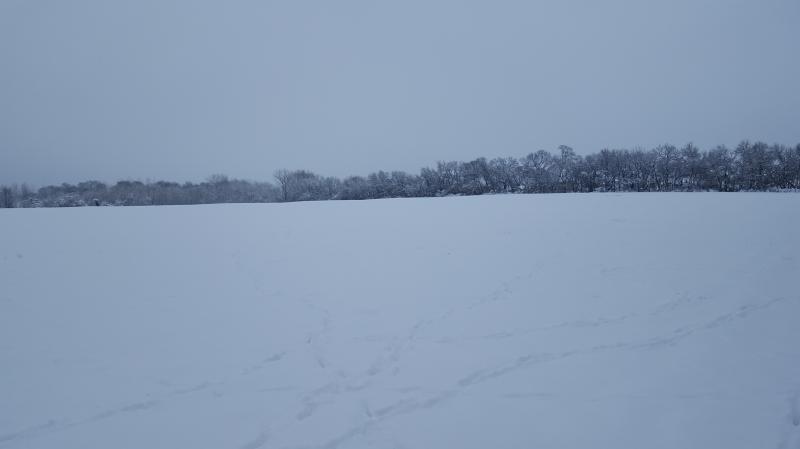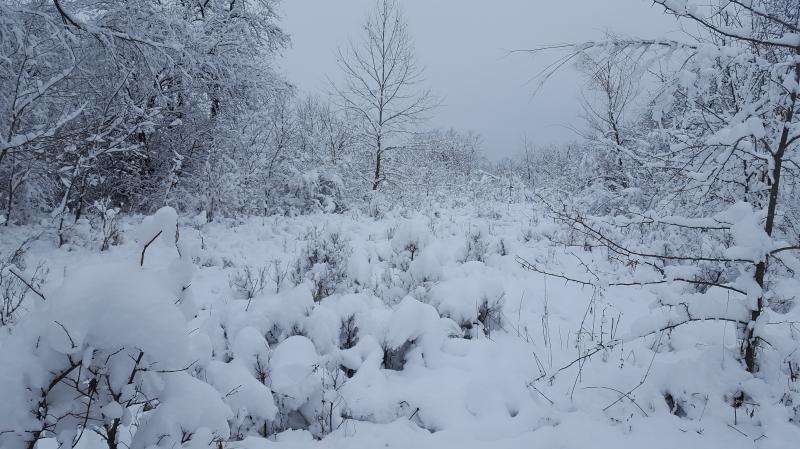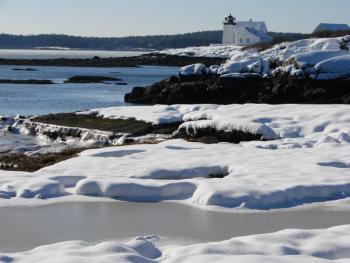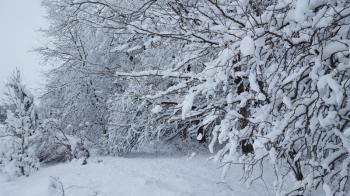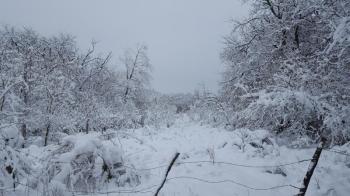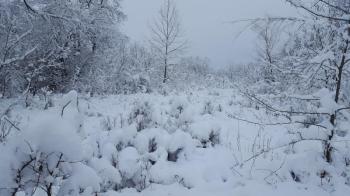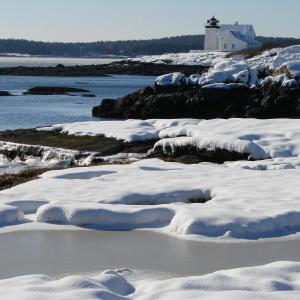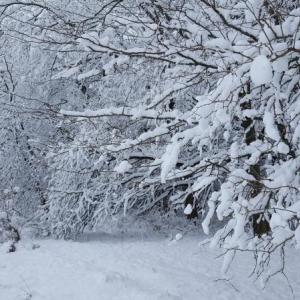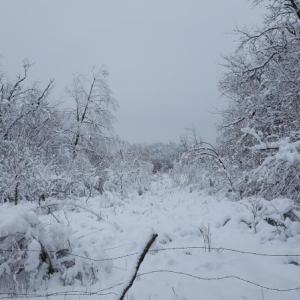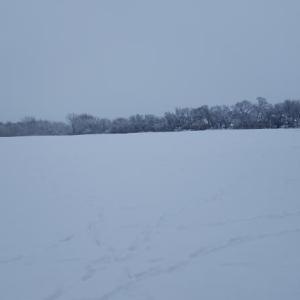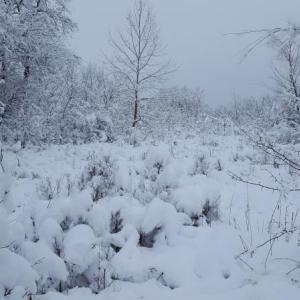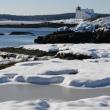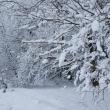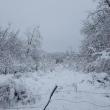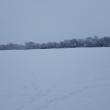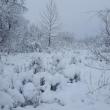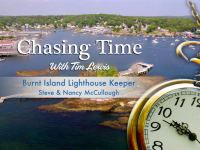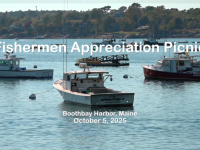Winter white spaces
“Hey, it’s snowing!”
Familiar words to any Mainer, though not always met with excitement and joy. Let’s face it, when we stopped getting snow days off, we pretty much stopped thinking of snow as anything more than a nuisance. The shoveling, the ugly piles of it still around in spring, every winter, year after year. No thanks.
But perhaps we have sold snow short.
A growing body of research points to several benefits exposure to white landscapes (whitescapes) has on both physical and psychological health.
You may already be aware of the health benefits of being in nature. A quick Google search on “forest bathing Maine” yields hundreds of opportunities to soak up greenspace therapy known as Shinrin-Yoku, the Japanese tradition founded by Dr. Qing Li. And the concept of “blue health” emerged 10 years ago when researchers at the University of Sussex asked 20,000 people to record their emotional states at random times and, after analyzing over a million journal entries, found that people were happiest near bodies of water.
According to “A Systematic Review of Quantitative Studies on the Impact of Blue Space on Urban Human Health” at researchgate.net, more recently, Niamh Smith, a researcher at Glasgow Caledonian University, concluded spending time in blue spaces lowers stress, anxiety, obesity and cardiovascular disease.
Research published in November 2022 in the International Journal of Environmental Research and Public Health has found white spaces offer the same health benefits as green and blue spaces with a few other benefits unique to whitescapes. According to the study, snowy landscapes help shed aesthetic-centric views of the body, swapping them for a greater appreciation of the body’s functionality.
The study further found that whitespaces promote self-compassion, mindfulness and openness; many of us have a near constant inner chatter in our minds, often a critical voice comparing us to unrealistic expectations; whitescapes can help limit the impact of those negative, intrusive thoughts by enhancing the absence of self-preoccupation.
Dr. Dacher Keltner, author, professor, and researcher at UC- Berkley, has taken it one step further. Like his predecessors, he asked people in America and China to keep a journal of moments they felt “awe,” reverence mixed with fear and wonder. The journals documented the number of times the people felt awe in natural environments, with whitescapes appearing as a repeated theme.
How does snow factor in? The theory proposes snow changes our perception of known landscapes by covering them in white, inviting us to begin anew and reminding us nothing is necessarily as simple as it appears.
Keltner’s neuroscience contribution to the study shows our brain’s default mode network is deactivated when we experience awe, shutting down our somewhat nagging inner voices and letting our minds rest, relieving stress and anxiety, and triggering the release of oxytocin, which promotes trust and bonding, so we feel at one with nature and part of something larger than ourselves.
Keltner’s work achieves what philosopher Immanuel Kant set out to do in his 1764 book, “Observations of the Feeling of the Beautiful and Sublime,” and nods New England Transcendentalists who have long embraced the notion of human-nature oneness. As well, Keltner’s science reinforces the biophilia hypothesis which suggests humans innately desire to connect with nature.
In Midcoast Maine, we live where we can experience the healthy benefits of green, blue, and white spaces. This winter, let the pure whiteness of snow catch your attention and give you a sense of calmness and connection to a greater existence. Appreciate how snow sparkles in sunlight and crunches under your feet. Maybe even forgive it when you’re shoveling it out of your way. Studies show you will be happier, healthier and have a better self-image by engaging in our bountiful snow-covered landscapes.

